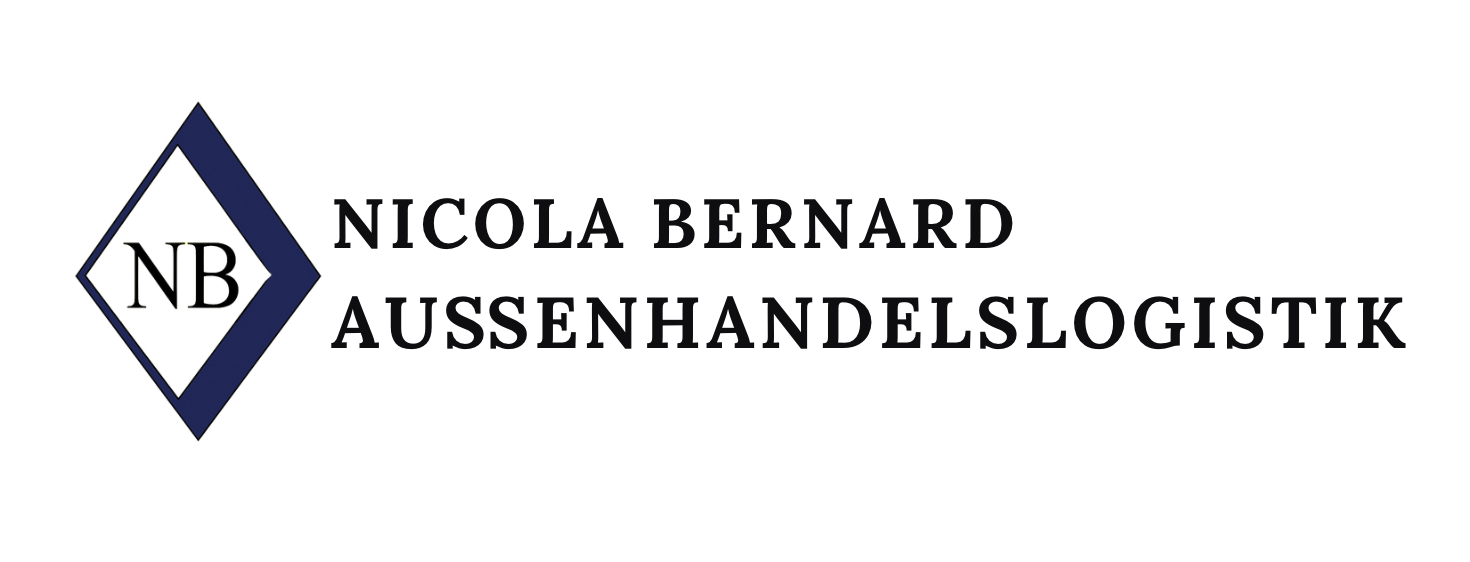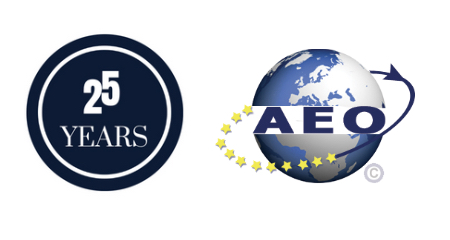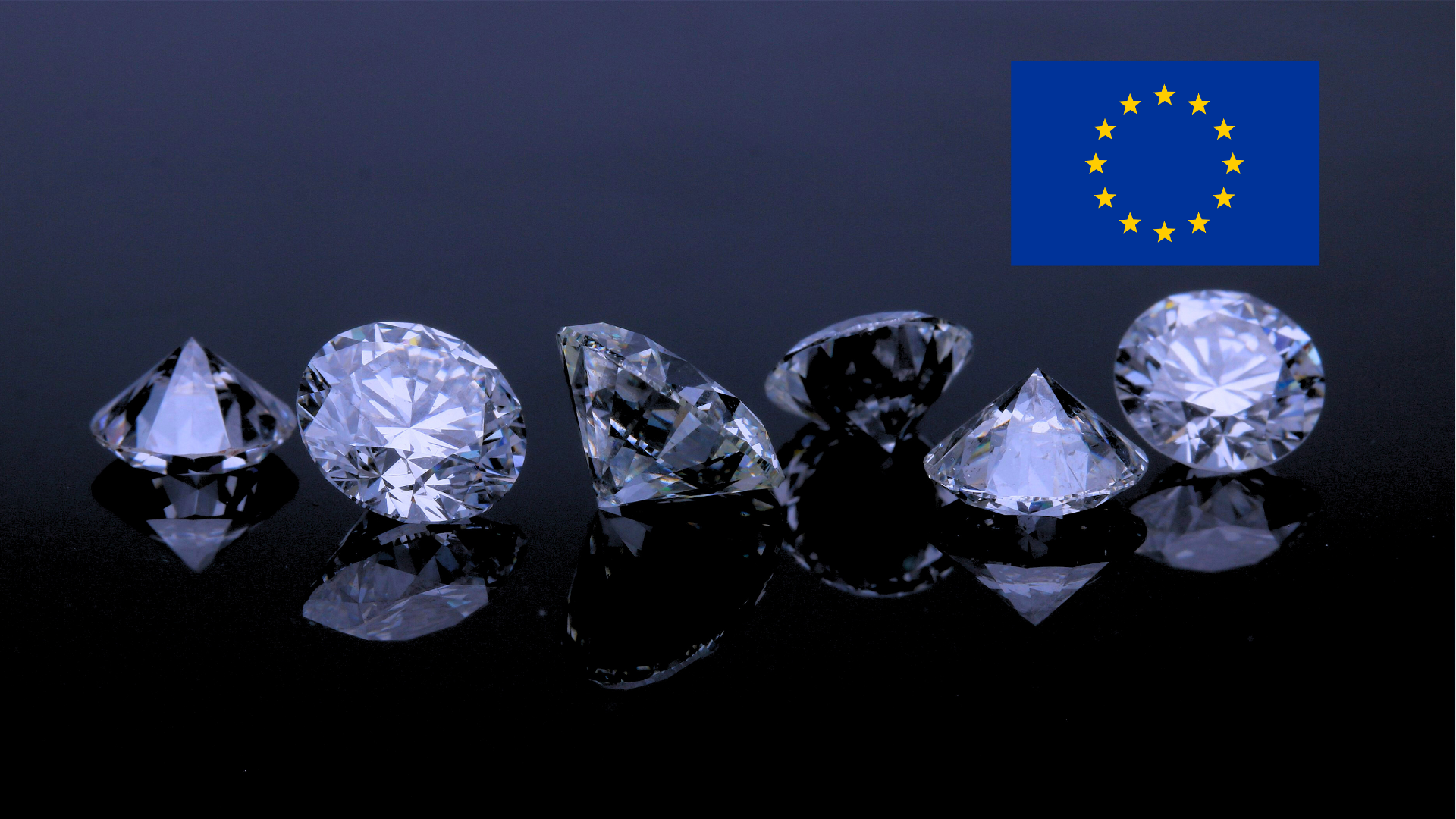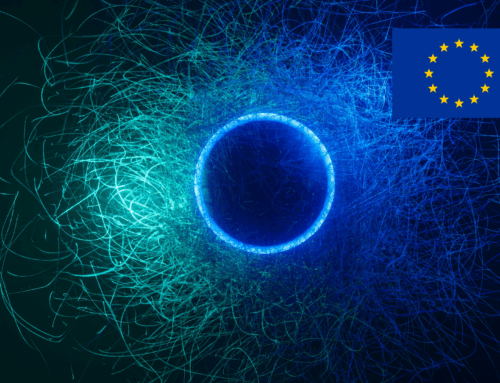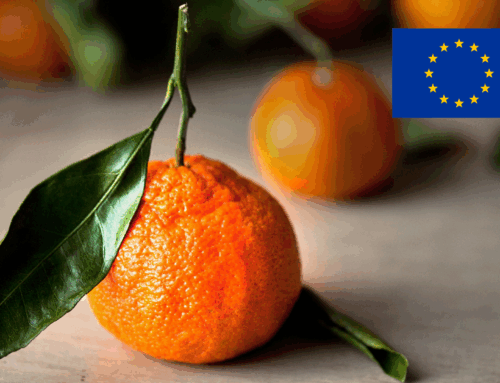The international trade in rough diamonds has for years been subject to special requirements – primarily to keep so-called conflict diamonds out of legal supply chains. These mostly originate from crisis regions and are used to finance armed conflicts. The Kimberley Process certification scheme is a globally coordinated mechanism designed to ensure that rough diamonds come exclusively from legal sources.
Certificates and seals: how the system works
As part of this system, extensive regulations apply within the EU to the import and export of rough diamonds. They are intended to ensure that only controlled goods are traded.
Since 2003, the import or export of rough diamonds into or out of the EU has only been permitted if the goods are accompanied by a valid certificate in accordance with the Kimberley Process. This certificate is issued by a competent authority in the country of origin and must be verified by a Community authority upon entry into the EU. In addition, rough diamonds must be transported in sealed, tamper-proof containers.
What changed in 2025
With Regulation (EU) 2025/1108 of 23 May 2025, Annex II of the Origin Regulation was adapted. Uzbekistan was newly recognised as a participant country in the Kimberley Process.
Such updates serve the ongoing alignment with international standards and the continued inclusion of new countries in the control system.
Responsibility of the Member States
Each Member State designates one or more competent authorities responsible for issuing and verifying the certificates. These authorities submit monthly reports to the Commission on all imports and exports – including certificate numbers, country of origin, weight, value and testing procedures used.
In addition, diamond industry organisations can introduce internal control mechanisms – for example, through mandatory supplier declarations or external audits. These are voluntary but serve the purpose of industry self-regulation.
Source: zoll.de (in German)
